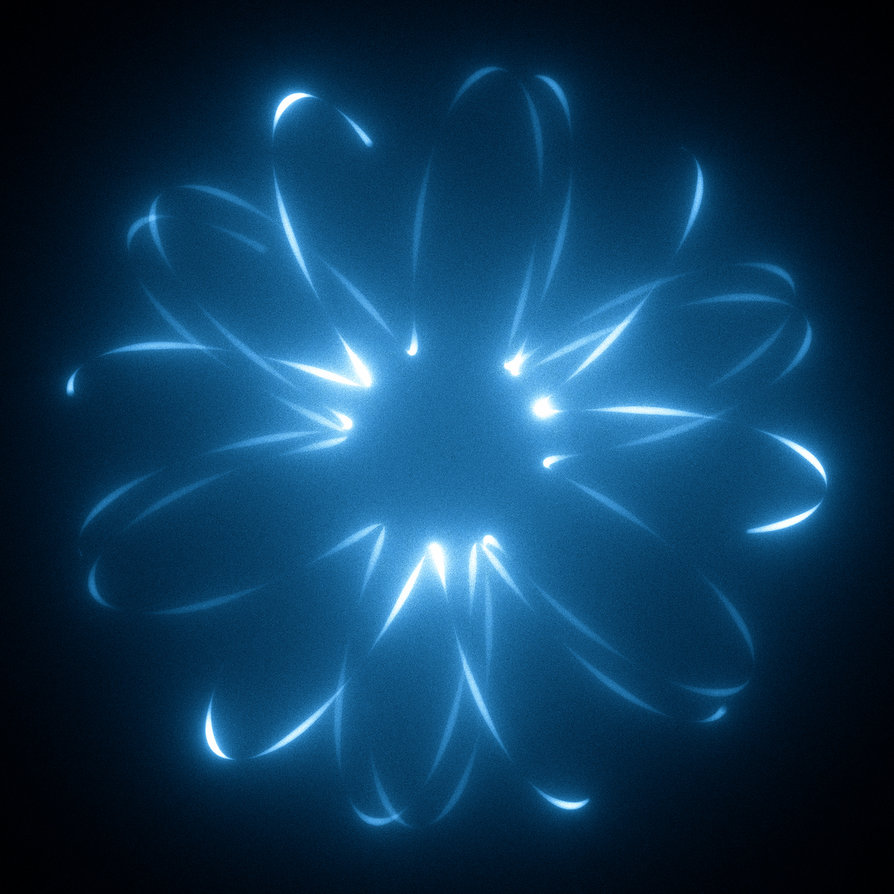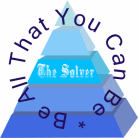NIST E’ possibile creare molecole di luce

Un gruppo di ricercatori ha usato due particelle di fotoni per creare una molecola di luce. E’ il primo passo verso gli ologrammi e non solo.
L’esperimento è stato condotto dai ricercatori del NIST ( National Institute of Standards and Technology ), Alexey Gorshkov e Mohammad Maghrebi.
La molecola di luce si comporta come se fosse materia ma è fatta di luce.
Il cammino verso le prime molecole di luce
Qualche anno fa i ricercatori di Harvard dimostrarono per la prima volta di poter rallentare la velocità della luce dai naturali 300 mila km/secondo fino a 100 metri/secondo.
Altri ricercatori del MIT, circa un anno fa, crearono una prima molecola dall’interazione di due fotoni in un contenitore di atomi di rubidio.
Adesso, i ricercatori del NIST hanno prodotto la molecola di fotoni mantenendo le particelle a una distanza fissa tra loro. Le particelle si mantengono in una struttura predeterminata come la materia.
Quali sono le applicazioni pratiche?
Gli ologrammi di Star Trek o Star Wars sono ancora lontani… ma la direzione è quella. Creando delle molecole stabili fatte solo di fotoni, di fatto si dà forma alla luce.
Le vere applicazioni pratiche nell’immediato sono soprattutto nell’informatica. In particolar modo, nella progettazione di supercomputer che elaborano i bit sotto forma di luce anziché di impulsi elettrici.
NIST Physicists Show ‘Molecules’ Made of Light May Be Possible
It’s not lightsaber time, not yet. But a team including theoretical physicists from the National Institute of Standards and Technology (NIST) has taken another step toward building objects out of photons, and the findings* hint that weightless particles of light can be joined into a sort of “molecule” with its own peculiar force.
The findings build on previous research that several team members contributed to before joining NIST. In 2013, collaborators from Harvard, Caltech and MIT found a way to bind two photons together so that one would sit right atop the other, superimposed as they travel. Their experimental demonstration was considered a breakthrough, because no one had ever constructed anything by combining individual photons—inspiring some to imagine that real-life lightsabers were just around the corner.
Now, in a paper forthcoming in Physical Review Letters, the NIST and University of Maryland-based team (with other collaborators) has showed theoretically that by tweaking a few parameters of the binding process, photons could travel side by side, a specific distance from each other. The arrangement is akin to the way that two hydrogen atoms sit next to each other in a hydrogen molecule.
“It’s not a molecule per se, but you can imagine it as having a similar kind of structure,” says NIST’s Alexey Gorshkov. “We’re learning how to build complex states of light that, in turn, can be built into more complex objects. This is the first time anyone has shown how to bind two photons a finite distance apart.”
While the new findings appear to be a step in the right direction—if we can build a molecule of light, why not a sword?—Gorshkov says he is not optimistic that Jedi Knights will be lining up at NIST’s gift shop anytime soon. The main reason is that binding photons requires extreme conditions difficult to produce with a roomful of lab equipment, let alone fit into a sword’s handle. Still, there are plenty of other reasons to make molecular light—humbler than lightsabers, but useful nonetheless.
“Lots of modern technologies are based on light, from communication technology to high-definition imaging,” Gorshkov says. “Many of them would be greatly improved if we could engineer interactions between photons.”
For example, engineers need a way to precisely calibrate light sensors, and Gorshkov says the findings could make it far easier to create a “standard candle” that shines a precise number of photons at a detector. Perhaps more significant to industry, binding and entangling photons could allow computers to use photons as information processors, a job that electronic switches in your computer do today.
Not only would this provide a new basis for creating computer technology, but it also could result in substantial energy savings. Phone messages and other data that currently travel as light beams through fiber optic cables has to be converted into electrons for processing—an inefficient step that wastes a great deal of electricity. If both the transport and the processing of the data could be done with photons directly, it could reduce these energy losses.
Gorshkov says it will be important to test the new theory in practice for these and other potential benefits.
“It’s a cool new way to study photons,” he says. “They’re massless and fly at the speed of light. Slowing them down and binding them may show us other things we didn’t know about them before.”
* M.F. Maghrebi, M.J. Gullans, P. Bienias, S. Choi, I. Martin, O. Firstenberg, M.D. Lukin, H.P. Büchler and A. V. Gorshkov. Coulomb Bound States of Strongly Interacting Photons. Physical Review Letters, September 16, 2015.

